Tasmin Little - Fauré, Lekeu & Ravel: Violin Sonatas (2014)
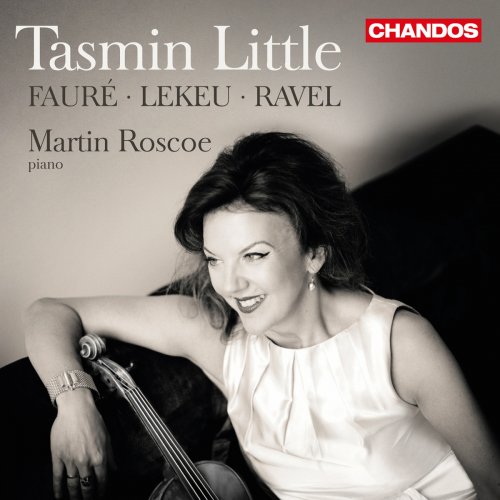
Artist: Tasmin Little, Martin Roscoe
Title: Fauré, Lekeu & Ravel: Violin Sonatas
Year Of Release: 2014
Label: Chandos
Genre: Classical
Quality: FLAC (tracks+booklet)
Total Time: 72:55 min
Total Size: 308 MB
WebSite: Album Preview
Tracklist:Title: Fauré, Lekeu & Ravel: Violin Sonatas
Year Of Release: 2014
Label: Chandos
Genre: Classical
Quality: FLAC (tracks+booklet)
Total Time: 72:55 min
Total Size: 308 MB
WebSite: Album Preview
01. I. Tres modere - Vif et passionne
02. II. Tres lent
03. III. Tres anime
04. Violin Sonata, Op. posth
05. I. Allegro molto
06. II. Andante
07. III. Allegro vivo
08. IV. Allegro quasi presto
Chandos artist Tasmin Little explores three great French violin sonatas, after a much revered recording of British violin sonatas in 2013. She and pianist Martin Roscoe have enjoyed a long-standing chamber music partnership. On this album they immerse themselves in music of three of the best late-nineteenth-century French composers: Gabriel Fauré, Guillaume Lekeu, and Maurice Ravel.
Written in 1875, shortly after his thirtieth birthday, the Sonata in A major by Gabriel Fauré has often been regarded as his first masterpiece. And despite having faced a daunting reception, it has become a reference in the romantic repertoire. The first two movements, serious and solemn, are followed by light-footed, airy movements, the final Allegro drawing energy from Fauré’s favourite off-beat chordal accompaniment.
As the last arrival in the ‘Bande à Franck’, Guillaume Lekeu, in his twenty-four-year-long life, wrote some fifty pieces of ‘tremulous emotion’, of which the Violin Sonata, of 1892 – 93, is by far the best known.
The opening movement of an unfinished early violin sonata by Ravel was not published until 1975, his centenary year, and the first known modern performance took place that year in New York. The movement convincingly unites different styles, from Fauré’s in the modal opening to Franckian chords in the development passage that leads back to the tune over chromatically descending triads à la Debussy, not to mention a second theme, over pulsing quavers, that clearly belongs to the Gounod / Massenet tradition.
"This is a typically well-constructed and enticing recital from Tasmin Little and Martin Roscoe. Guillaume Lekeu is one of the ‘what ifs’ of French music. A disciple of Franck, his own voice was beginning to emerge when he died at the age of 24 from typhoid in 1894. The unrealised promise is clear in what is probably his best-known work, the G major Violin Sonata. The impassioned outer movements understandably evoke the spirit of Franck’s golden period, Tasmin Little and Martin Roscoe masterfully pacing the ebb and flow of the tension. Nonetheless, there is little precedent for the long-breathed unfolding line of the slow movement, and Little’s whispered treatment of the end is magical.
Little displays similar control in the Scherzo of Fauré’s A major Sonata, the music seemingly evaporating into the ether at the end of the central section. In an absolutely ideal world, Little would be more ready to indulge in portamento in the other movements, but that quibble applies to most modern performances and this is a thoroughly compelling account.
Ravel began his first sonata at the same age as Lekeu wrote his, but left it incomplete after composing just a single movement in which his musical personality is already strongly delineated. Little and Roscoe ensure the gentle rhythmic restlessness flows naturally and are surefooted in the switches between cool reflection and warmly Romantic outpourings." (Christopher Dingle)
Tasmin Little, violin
Martin Roscoe, piano
Written in 1875, shortly after his thirtieth birthday, the Sonata in A major by Gabriel Fauré has often been regarded as his first masterpiece. And despite having faced a daunting reception, it has become a reference in the romantic repertoire. The first two movements, serious and solemn, are followed by light-footed, airy movements, the final Allegro drawing energy from Fauré’s favourite off-beat chordal accompaniment.
As the last arrival in the ‘Bande à Franck’, Guillaume Lekeu, in his twenty-four-year-long life, wrote some fifty pieces of ‘tremulous emotion’, of which the Violin Sonata, of 1892 – 93, is by far the best known.
The opening movement of an unfinished early violin sonata by Ravel was not published until 1975, his centenary year, and the first known modern performance took place that year in New York. The movement convincingly unites different styles, from Fauré’s in the modal opening to Franckian chords in the development passage that leads back to the tune over chromatically descending triads à la Debussy, not to mention a second theme, over pulsing quavers, that clearly belongs to the Gounod / Massenet tradition.
"This is a typically well-constructed and enticing recital from Tasmin Little and Martin Roscoe. Guillaume Lekeu is one of the ‘what ifs’ of French music. A disciple of Franck, his own voice was beginning to emerge when he died at the age of 24 from typhoid in 1894. The unrealised promise is clear in what is probably his best-known work, the G major Violin Sonata. The impassioned outer movements understandably evoke the spirit of Franck’s golden period, Tasmin Little and Martin Roscoe masterfully pacing the ebb and flow of the tension. Nonetheless, there is little precedent for the long-breathed unfolding line of the slow movement, and Little’s whispered treatment of the end is magical.
Little displays similar control in the Scherzo of Fauré’s A major Sonata, the music seemingly evaporating into the ether at the end of the central section. In an absolutely ideal world, Little would be more ready to indulge in portamento in the other movements, but that quibble applies to most modern performances and this is a thoroughly compelling account.
Ravel began his first sonata at the same age as Lekeu wrote his, but left it incomplete after composing just a single movement in which his musical personality is already strongly delineated. Little and Roscoe ensure the gentle rhythmic restlessness flows naturally and are surefooted in the switches between cool reflection and warmly Romantic outpourings." (Christopher Dingle)
Tasmin Little, violin
Martin Roscoe, piano
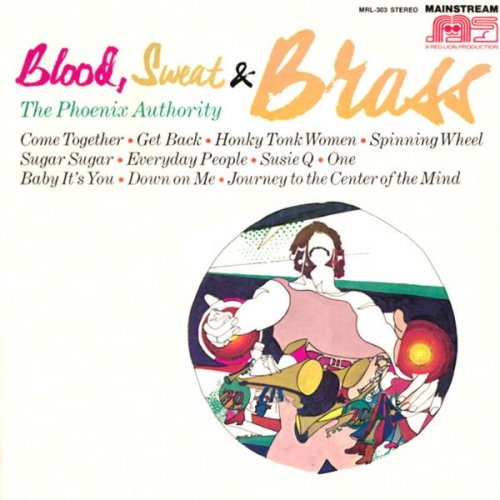
![Black Flower - Abyssinia Afterlife (2014) [Hi-Res] Black Flower - Abyssinia Afterlife (2014) [Hi-Res]](https://img.israbox.com/img/2025-12/21/anj3jk2va3pc3i9y3pv0m7zde.jpg)
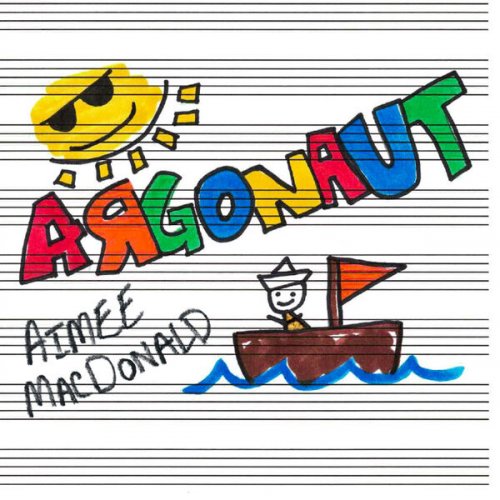
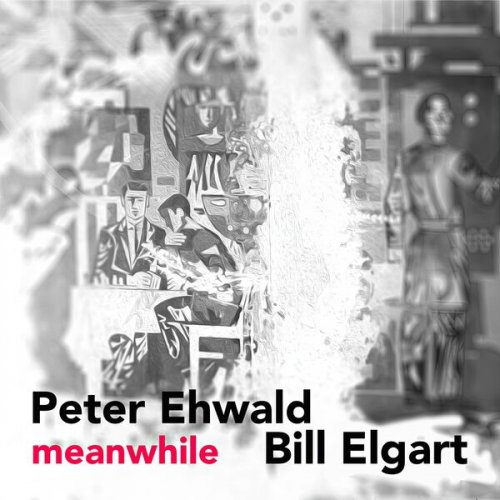
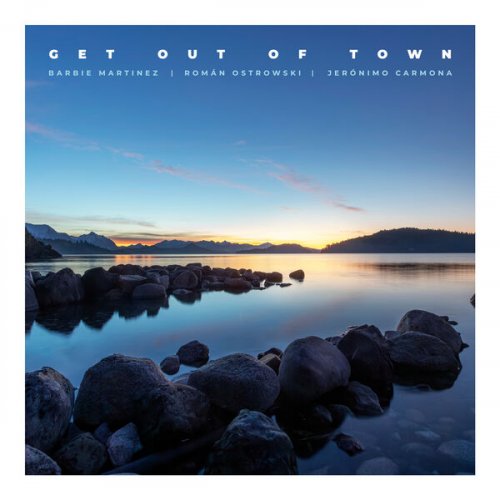
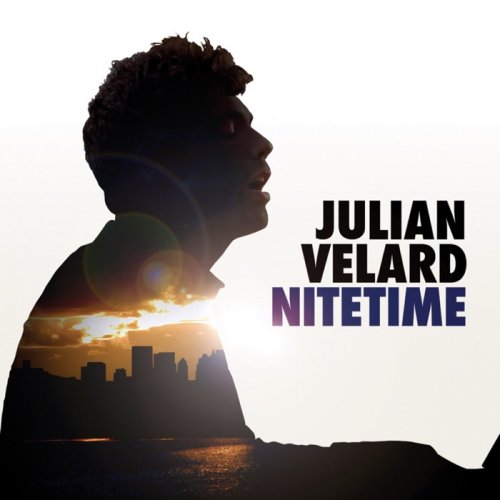

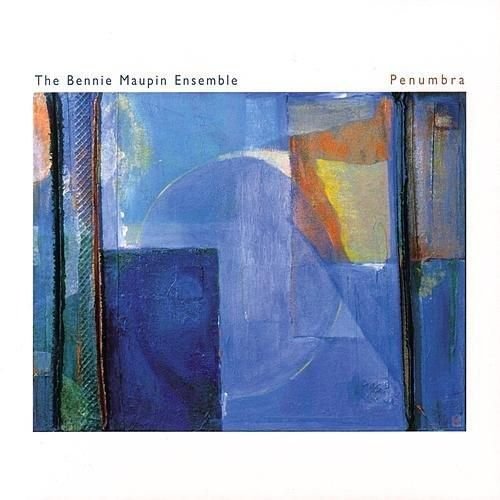
![Grises - Eveil (2025) [Hi-Res] Grises - Eveil (2025) [Hi-Res]](https://www.dibpic.com/uploads/posts/2025-12/1766127968_cover.jpg)